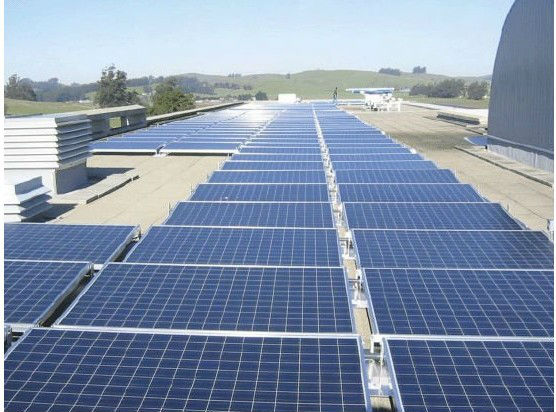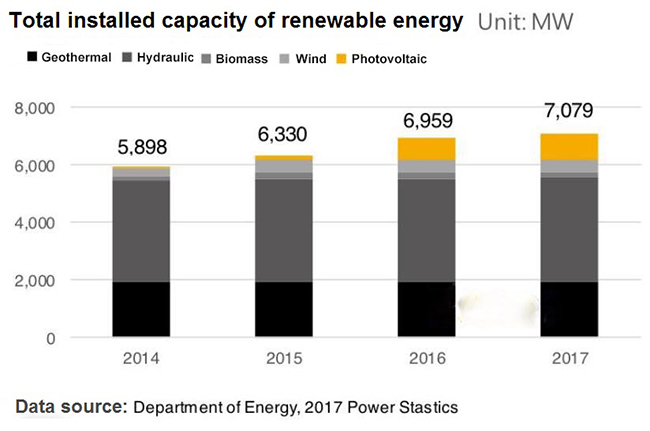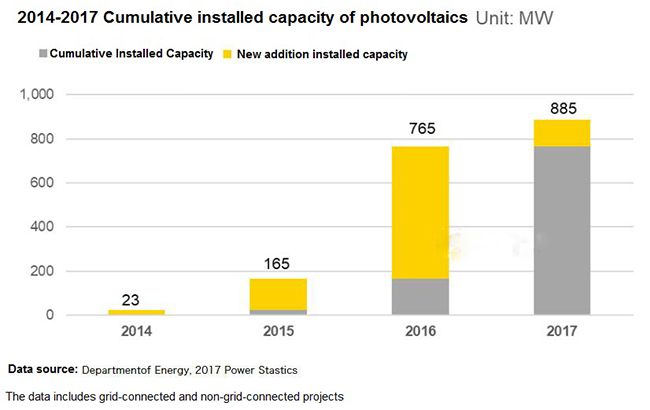Top 10 Solar Project Solution Factory In China
The Philippines is one of the ASEAN member states with a population of about 105 million. The annual GDP growth rate in 2017 is as high as 6.685%. The outside world generally holds a positive attitude towards the future economic outlook of the Philippines.

The Philippines is located in the Pacific Fire Belt, which has abundant geothermal resources and is located in Southeast Asia with sufficient sunshine. It has an average daily sunshine of about 4.5-5.5/kwh per square meter. It has abundant photovoltaic energy resources and water resources in the Philippines. Rich, the average annual rainfall is 2000-3000 mm. However, due to the geographical influence of the archipelago, some regions have problems of power shortage for many years. The Philippines is in a state of economic growth, and energy problems must be faced and resolved.

Philippine renewable energy development history
In 2008, the Philippines passed the Renewable Energy Act No. 9513, which opened the road to renewable energy development. By the end of 2017, the installed capacity of renewable energy has reached 7GW, of which the best development of hydraulic power, cumulative installed capacity by the end of 2017. The amount is 3.6GW, accounting for about half of the total installed capacity of renewable energy. The reason is due to the rainy season of about 4 months per year and the abundant rainfall contributed by the two seasons. Secondly, the highest project is geothermal, with an installed capacity of 1.9 GW. The geographical advantage of the Pacific volcanic belt itself makes the vast geothermal resources available in the Philippines. The government is currently conducting geophysical exploration and development assessment operations. The installed capacity of photovoltaic energy has reached 885MW in 2017, especially in 2016, with 600MW photovoltaic energy added as the highest installed capacity.

Accumulated to 2017, the Philippines installed capacity of photovoltaic energy has reached 885MW.
Starting from 2020, the Renewable Portfolio Standard (RPS), which has been extended for many years, will officially enter the implementation phase. This policy requires that the annual total power generation proportion must be increased by at least 1% per year. After the implementation of the policy, it is expected to stimulate the installed demand in the renewable energy market.
